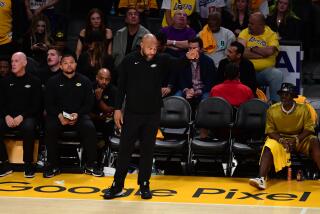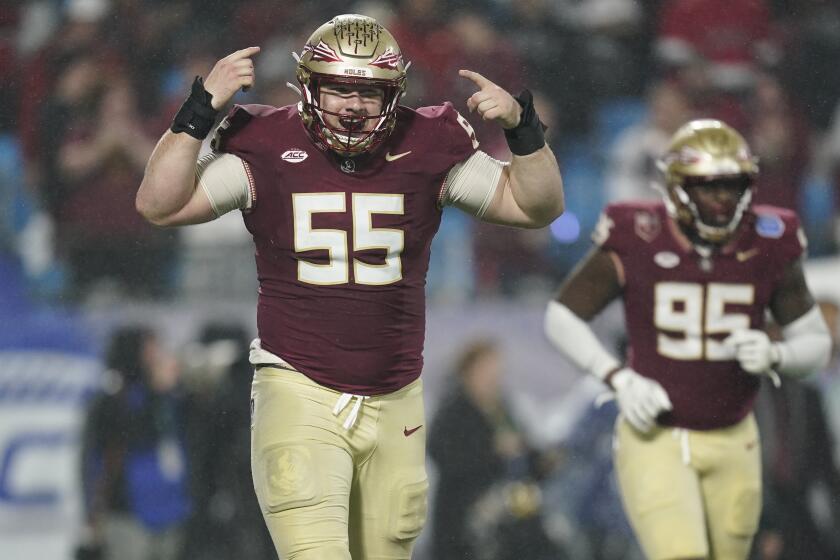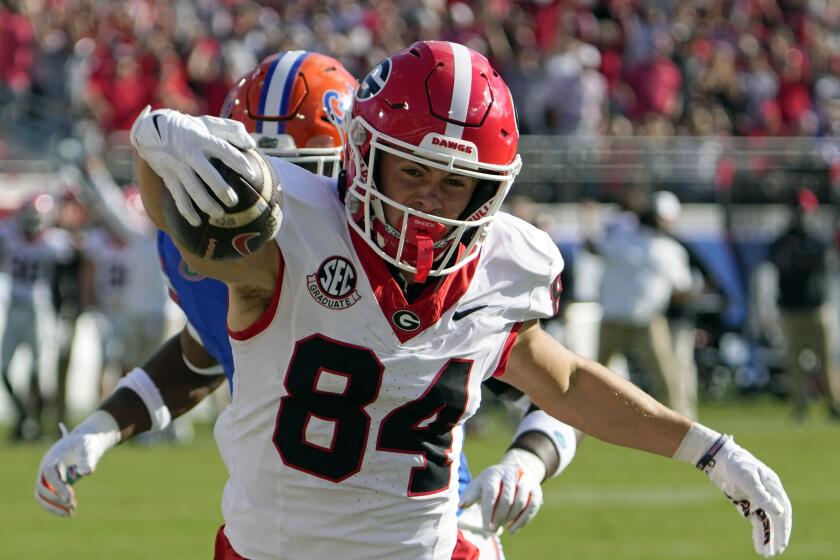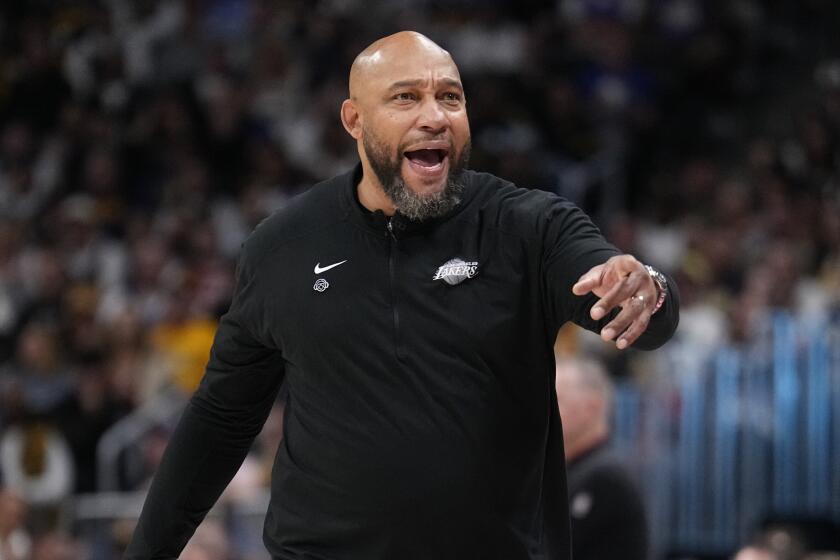The longest shot on the board
The par-three eighth at Oakmont is certain to give the U.S. Open field a test -- and a workout. At 288 yards, it is the longest par three in major championship history, passing the 262-yard No. 17 at Interlachen at the 1930 Open, according to Rand Jerris of the USGA:
The folks at Oakmont Country Club didn’t like it much when several players needed only five-irons to reach the 252-yard par-three eighth hole during the 2003 U.S. Amateur Championship.
So Oakmont bit back, building a new tee box 36 yards back and extending the hole to 288 yards.
It may be the most talked-about hole at this week’s U.S. Open.
“This hole could be considered a bit controversial as players will be forced to hit woods,” says Bob Ford, head professional at Oakmont. “However, a big flat green with no trouble in front should receive a run-up shot quite well.
“Yardage doesn’t intimidate these guys.”
Some players aren’t bothered by the increased distance.
“It’s probably one of the more straightforward holes on the course,” Padraig Harrington offered. “It’s downhill, so obviously that makes the tee shot easier. It’s a big wide target.”
Others don’t like it as much.
Said defending U.S. Open champion Geoff Ogilvy: “I’m not a big fan of drivers and three-woods into par threes with no wind ... but it is what it is.”
In practice rounds, Tiger Woods used a three-wood
at No. 8.
“Even into the wind, I can still reach the front edge with three-wood,” he said.
The key to the hole is avoiding the huge “Sahara” bunker, left of the green, about 220 yards out.
Phil Mickelson doesn’t quite know what to make of No. 8.
“You don’t know what to call it,” Mickelson said. “It’s probably a par three and a half, so the USGA is going to round up or down; well, we know what way that is going to go.
“It’s a great golf hole and everybody has to play it. And just because we don’t know what to say, par-wise, doesn’t mean we shouldn’t have holes like that.”
More to Read
Get our high school sports newsletter
Prep Rally is devoted to the SoCal high school sports experience, bringing you scores, stories and a behind-the-scenes look at what makes prep sports so popular.
You may occasionally receive promotional content from the Los Angeles Times.







